Retaining walls are defined as a structure designed to hold the soil or its contents. To create a retaining wall, different kinds of materials are used. They are concrete blocks, poured concrete, treated timbers, rocks, or boulders.
These walls hold the soil from two sides, and they are solid. It is not easy to remove a retaining wall. A retaining wall has a long life span between 50-100 years.
The strength of this wall depends on factors like soil quality, material quality used, climatic conditions, and groundwater at a place. Maintenance of the wall plays a key role in deciding its period.
Retaining Wall Removal
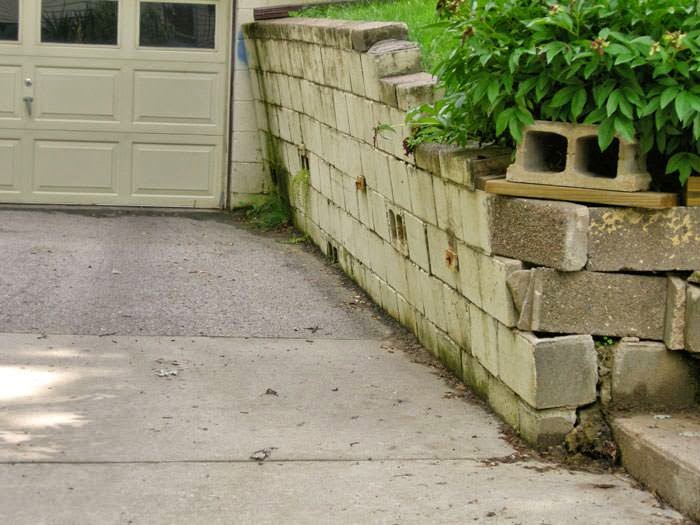
The most important factor is knowing what kind of wall you decide to remove. There are Load-bearing walls and non-load-bearing walls. Different ideas and mechanisms are used to remove a wall which is explained below. Always consult a professional and experienced engineer to find which kind of wall this is. And the wall should be non-prone to the earthquake area.
Load-Bearing Wall Removal
The walls which carry loads are load-bearing walls. Few tips for identifying these walls are placed in a longer direction of the building, perpendicular to the ceiling of the building, and placed at the top of the concrete beam. To remove these walls, it is better to replace the wall temporarily and then with a permanent one.
- Cut the existing joists of the wall so that the beam fits into the ceiling perfectly.
- Using a new beam with accurate measurements to replace the old one.
- It is better to use steel strong beams to achieve the desired effect. This will save money.
Steps of Removal:
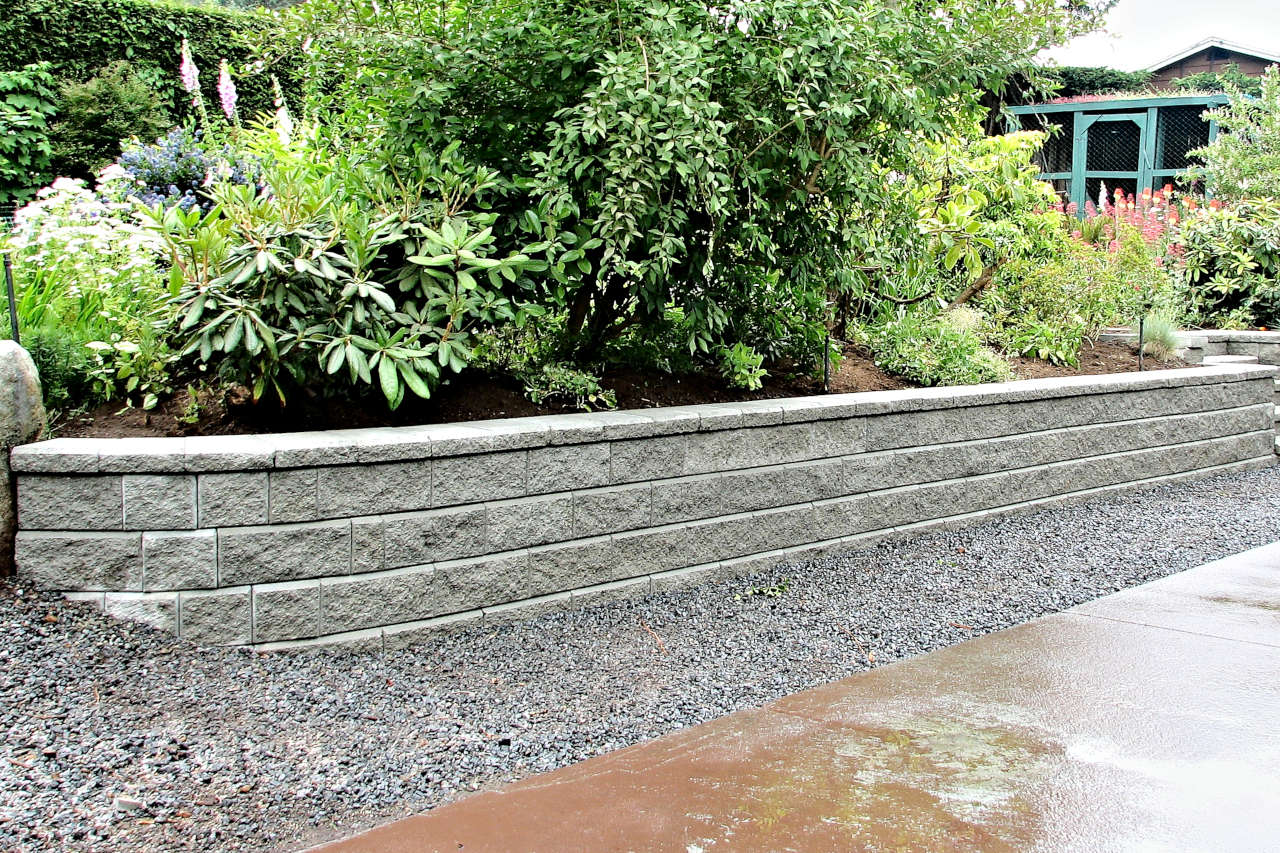
- Identify the wall codes before deciding as the walls above 4 feet require permission in some cities.
- Before removing, it is better to keep the surface empty, clean for smooth movement.
- Stand behind the wall and start removing the bricks from the wall. If the wall has any hard material, use equipment to remove it.
- If the retaining wall has wall caps, please remove it using a hammer and chisel to get through the adhesive.
- For concrete walls, use a sledgehammer or jackhammer to break the wall into pieces. Ensure that there is no power line running through the wall.
- Keep on removal and put the unused rocks into the dumpster. Save rocks that are in good shape. Replace the wall with saved bricks, rocks.
- Remove the dirt from the wall with a bobcat or other machinery to keep the wall clean and neat.
In some cases, removal of the wall is not possible but there are other retaining wall ideas to shape in a better condition. The ideas are.
- Pushing the wall back.
- Consider building onto the retaining wall.
- Avoid DIY repair jobs.
- Consult an expert engineer for better advice as it differs from wall to wall and place.
- Try to repair the wall when the damage is not heavier.
- Use quality things for retaining walls.
- Soil analyst expert advice is necessary while taking the decision.
If there is no advice from the soil analyst expert, problems nearby include erosion, water damage, and potential landslides.
So, if you remove a retaining wall, their advice is most important as it can save people’s life from danger.
It is better to think from all possible angles before taking any decision. Always be free to seek professional help whenever you have doubts.
Although it is easy to do it, we at home but be careful while following the procedure.
Take permission from all the bodies before removing or replacing a retaining wall. Never use cheap quality materials while constructing a wall.
Negligence is not tolerated during the removal or any other ideas of retaining walls. One small mistake can cost lives which is not acceptable.

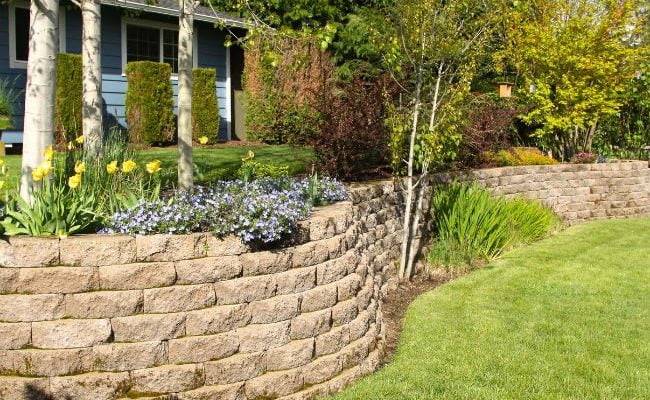
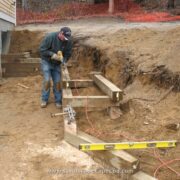
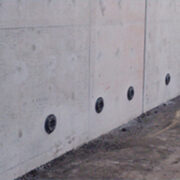
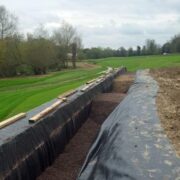


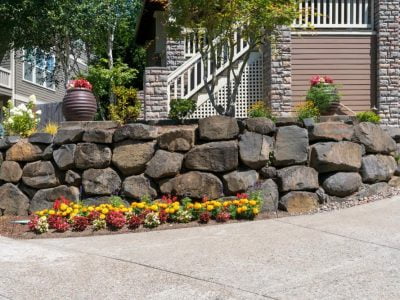

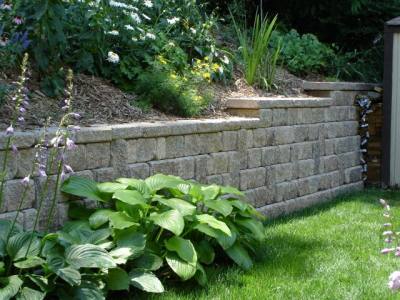
Comments